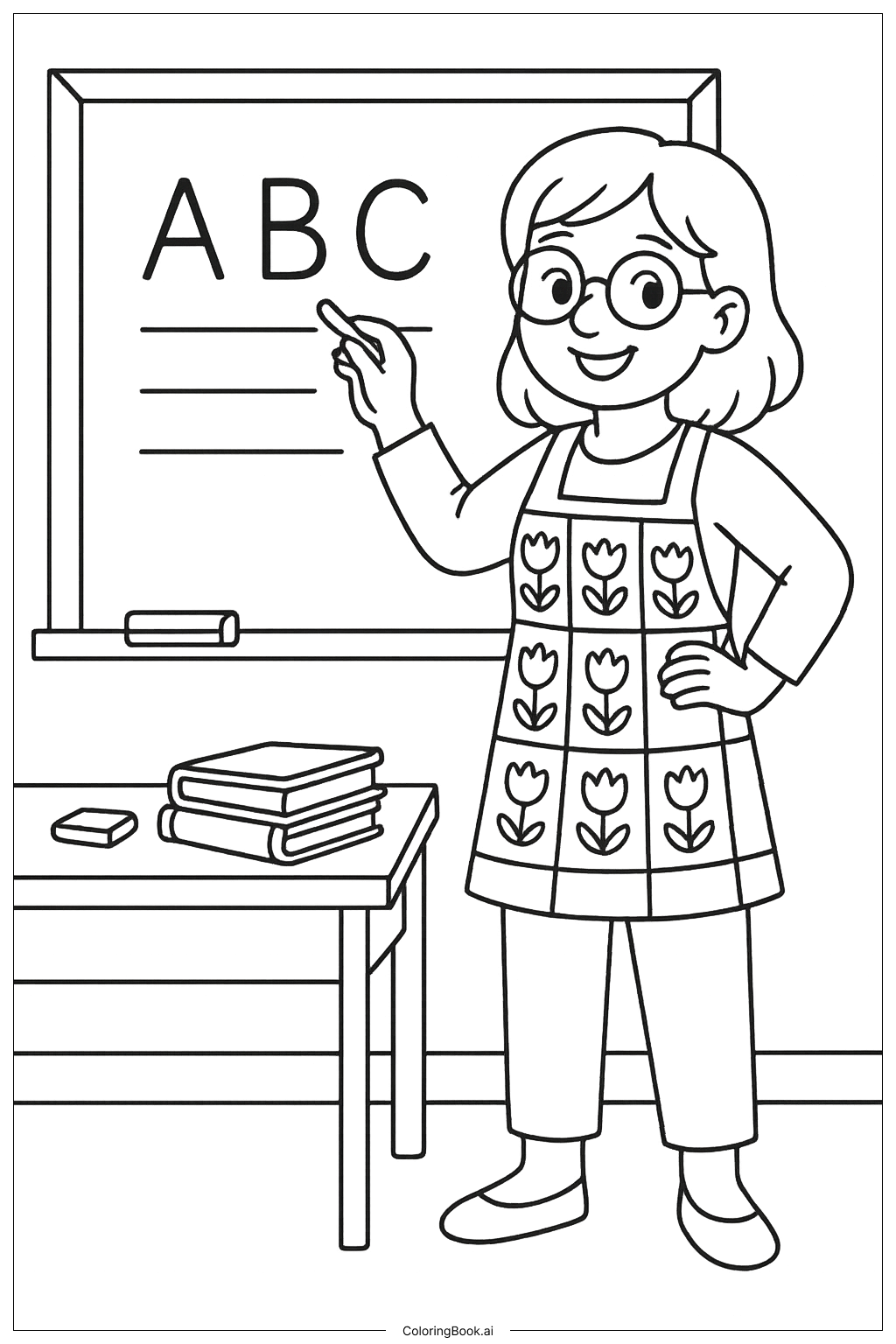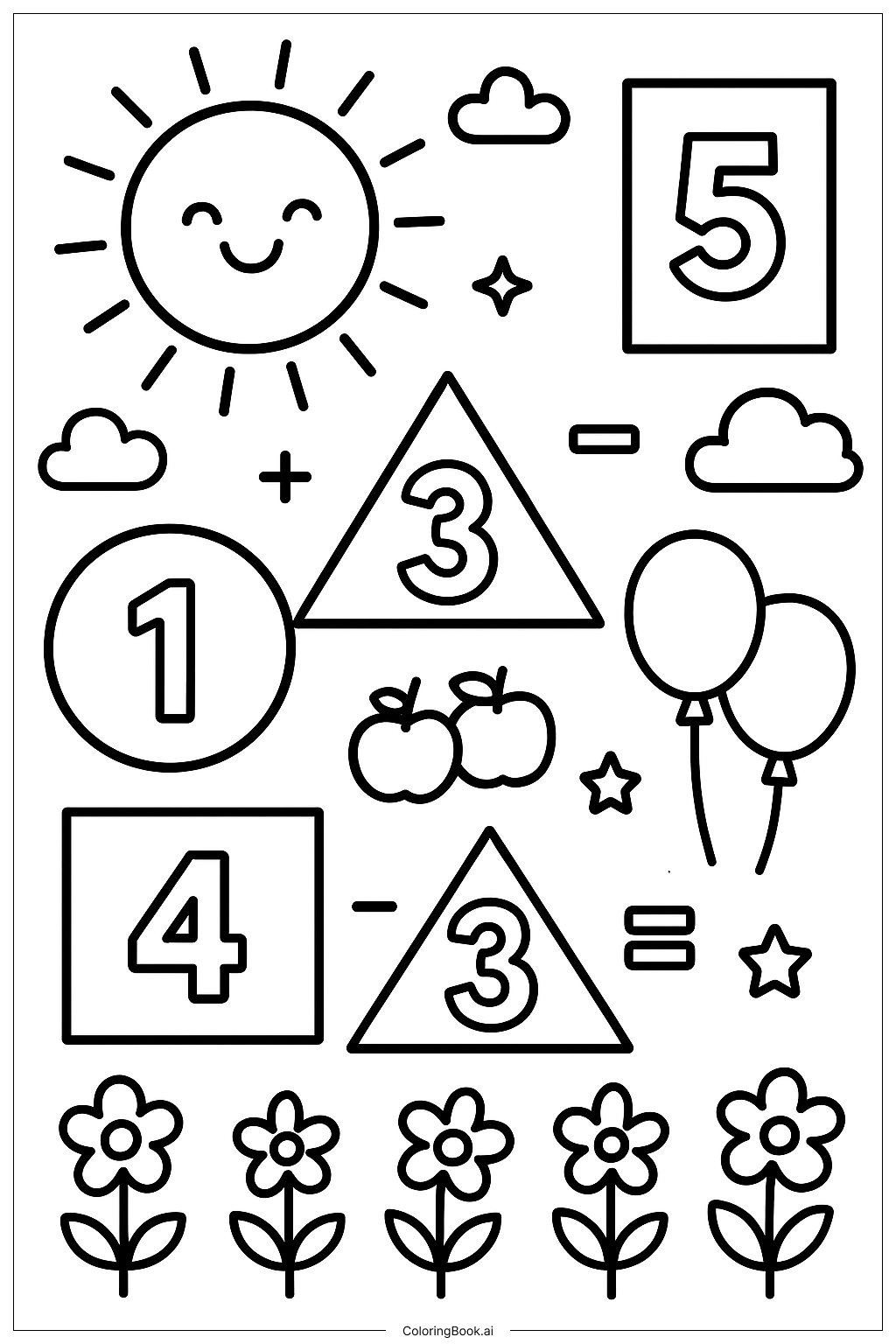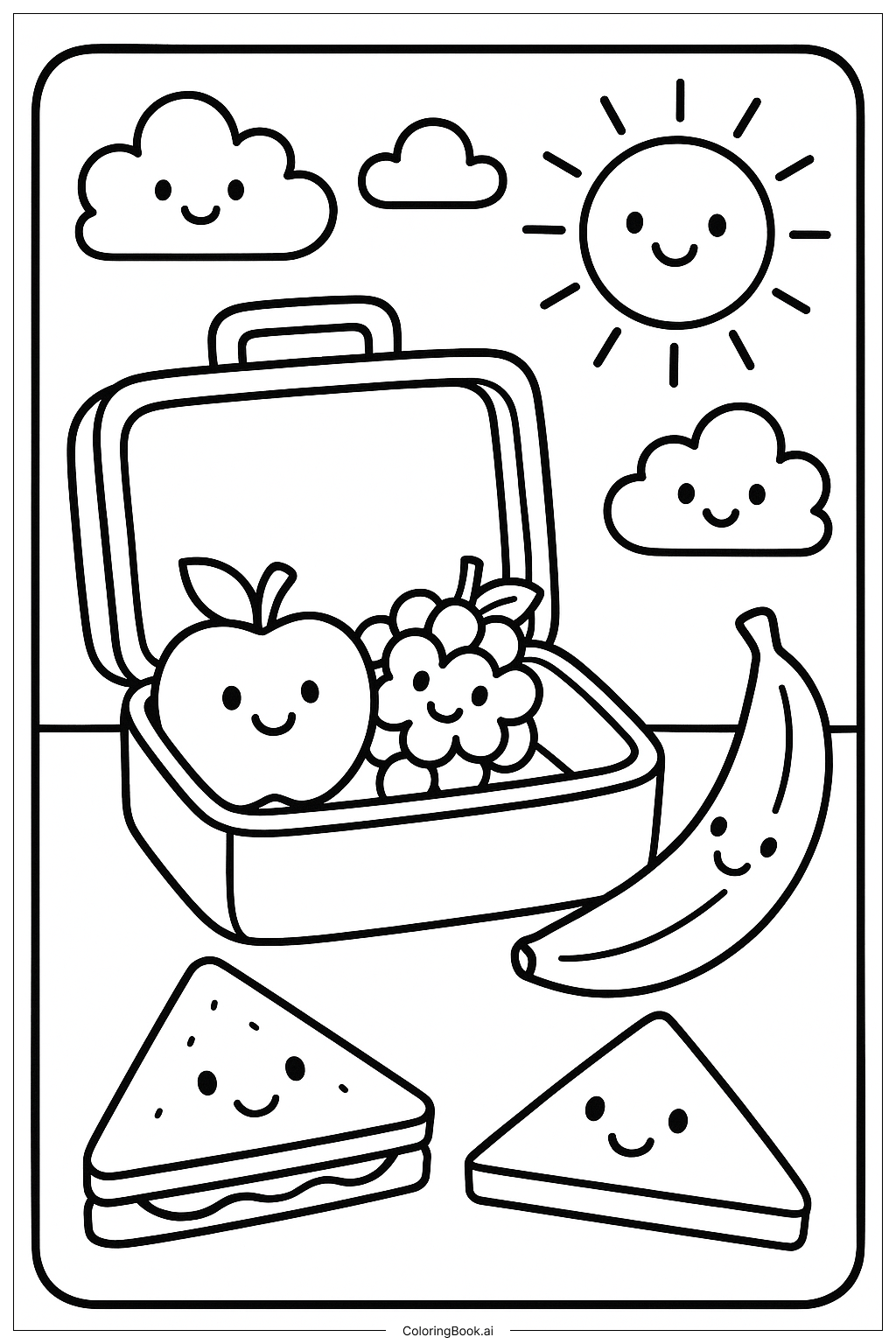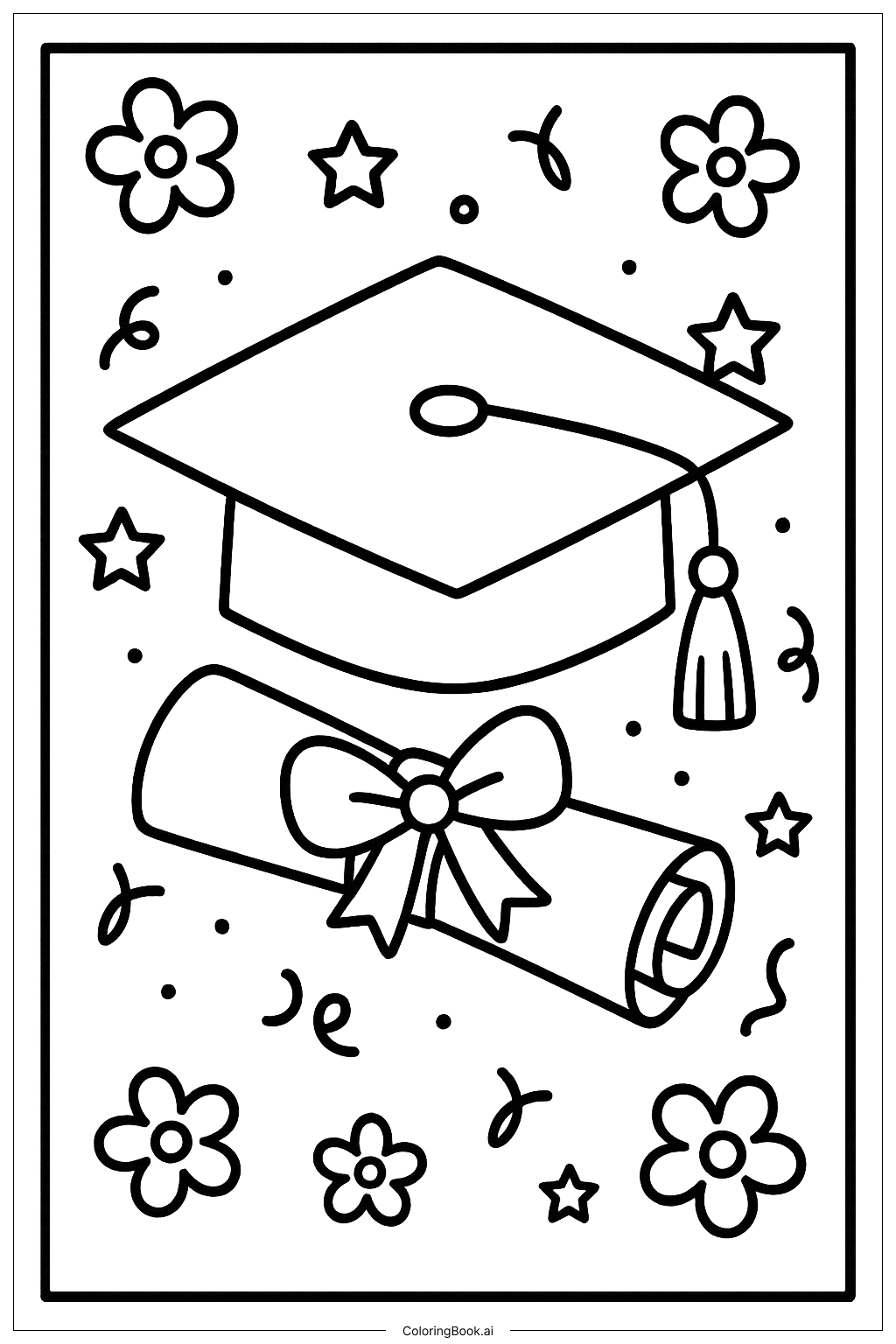Coloring tips: How to color Kindergarten Teacher Writing On Blackboard coloring page well?
When coloring this page, think about using bright colors for the letters A, B, and C to make them stand out. You can color the tulips in the teacher's apron with red, yellow, or any favorite color. For the blackboard, consider using green or blue chalk colors. The books can be colored in different shades, like brown for the covers and colorful hues for the spines. Remember to stay within the lines, and feel free to add extra designs or patterns in the background if you want to be creative!
Coloring challenges: Which parts are difficult to color and need attention for Kindergarten Teacher Writing On Blackboard coloring page?
Coloring this page might be challenging due to several factors. First, the teacher's apron has multiple tulip designs, which could be tricky for younger children to fill in neatly. They may need to focus on choosing different colors for each flower without going outside the lines. Second, the letters on the blackboard are large and require careful attention to stay within their edges. Third, there is a lot of detail on the books, which may be overwhelming for children who are still refining their coloring skills. Lastly, the overall composition includes various elements that need to be colored harmoniously, requiring a good sense of color coordination and balance. Children may feel the urge to rush and may need reminders to take their time!
Benefits of coloring books: Advantages of drawing Kindergarten Teacher Writing On Blackboard coloring page
Coloring this page provides numerous benefits for children. Firstly, it enhances fine motor skills as they practice holding crayons or colored pencils and controlling their movements. Secondly, it promotes creativity, allowing kids to choose colors and make artistic decisions, which boosts their confidence. Thirdly, coloring can be a relaxing activity that helps reduce stress and anxiety, providing a sense of accomplishment once the page is completed. Furthermore, by engaging with the picture of a teacher and learning elements, children can strengthen their association with education and the joy of learning. Overall, it combines fun with important developmental skills.




